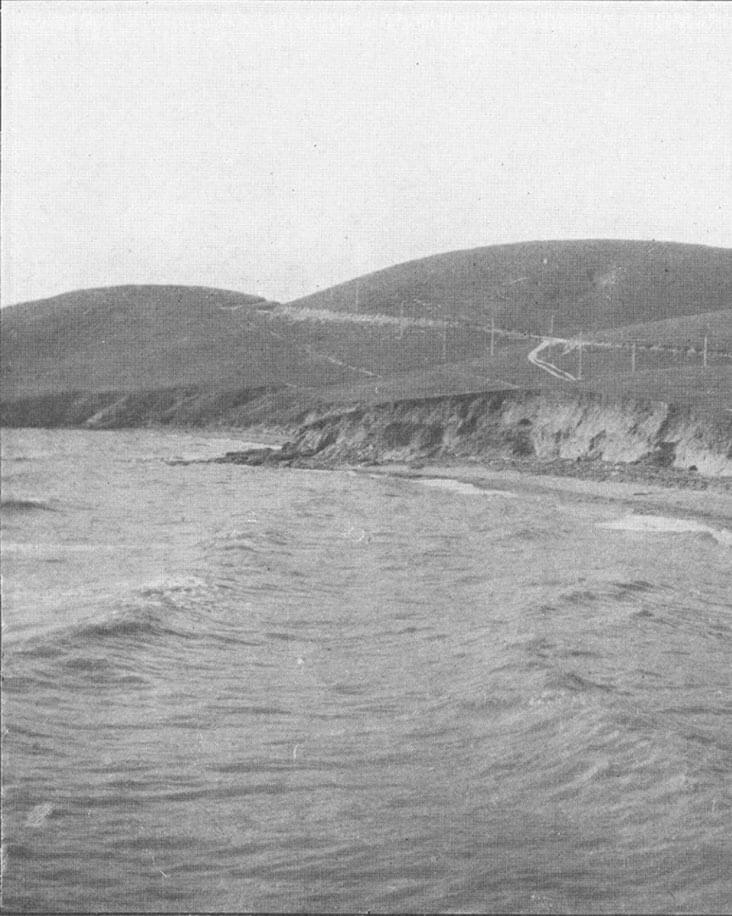
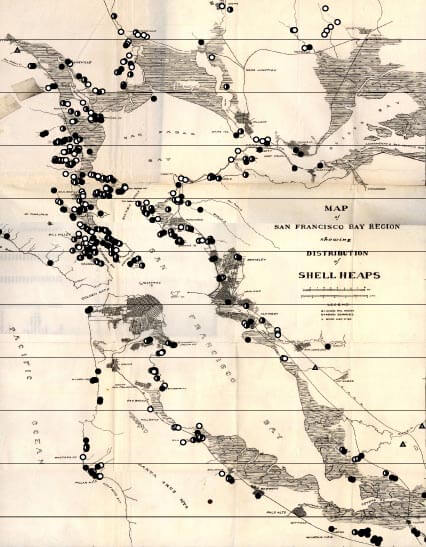
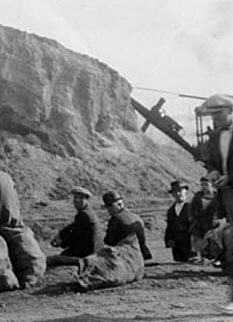
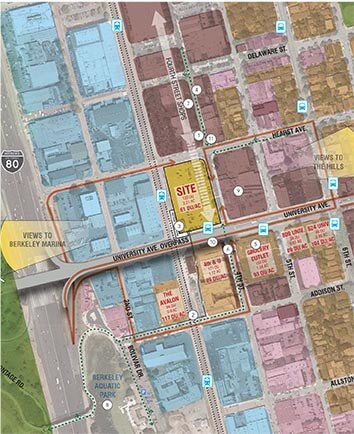
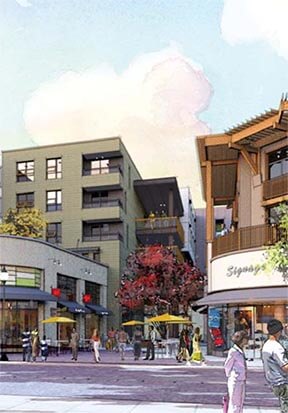
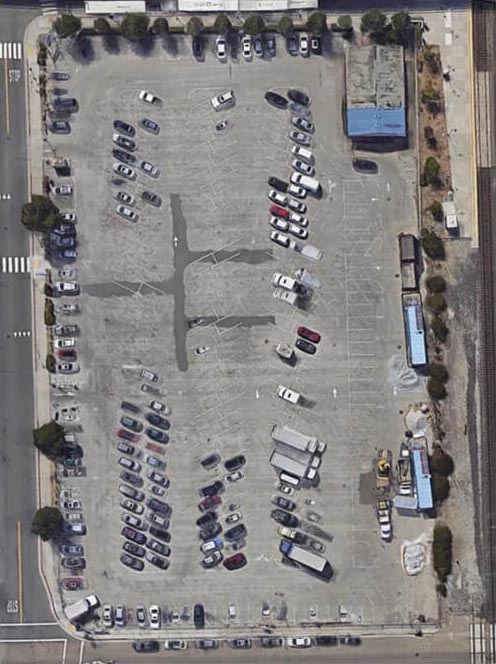
This summary reflects There is currently a struggle between indigenous groups and real estate developers in West Berkeley. a completed cultural resources inventory West Berkeley was a significant settlement area for several indigenous groups. in West Berkeley proposed for streetscape, parking, and rail stop improvements. The inventory was conducted to provide the City of Berkeley (City) with data The tribes that lived here had been established for several thousand years before being disturbed by European settlers. The inventory included background research and a program of subsurface geoarchaeological coring. While four distinct groups lived in the Berkeley coastal area, they have now come to be collectively called the Ohlone people.
One cultural resource, the West Berkeley Shellmound, The site of the oldest and largest Ohlone village around the shores of San Francisco Bay is the proposed site of a five-story condominium and retail complex in West Berkeley. The West Berkeley Shellmound was once a gently rounded hill formed from accumulated layers of organic material deposited over generations by native coastal dwellers. is eligible for listing in the National Register of Historic Places Shellmounds were often the sites of burials and spiritual ceremonies. Even though many have been flattened, paved over and built on top of, there are still centuries worth of accumulated cultural artifacts buried deep in the ground where these mounds once were.
Preserving shellmounds has proven to be a contentious issue among developers, indigenous rights groups, preservationists, and local governments in the Bay Area. project proposed includes modifications to the streetscape While many Bay Area shellmounds are covered by housing developments and shopping complexes, the West Berkeley shellmound site is relatively accessible because it is covered by a single layer of pavement. These modifications However, developer pressure has mounted in recent years, with major proposals in 2016 and 2017. would include subsurface disturbance. If such disturbance extended into cultural deposits, a significant impact would result. Such impacts can be avoided by limiting the depth of ground disturbance Developers have tried to claim that the shellmound location is actually in a different place than the proposed building site, and that building would not cause any damage to the cultural site. If, however, cultural deposits cannot be avoided, the significant impact can be reduced to a less-than-significant level by implementing five mitigation measures that include archaeological data collection, Native American consultation, collections management, historical research, and commemoration.